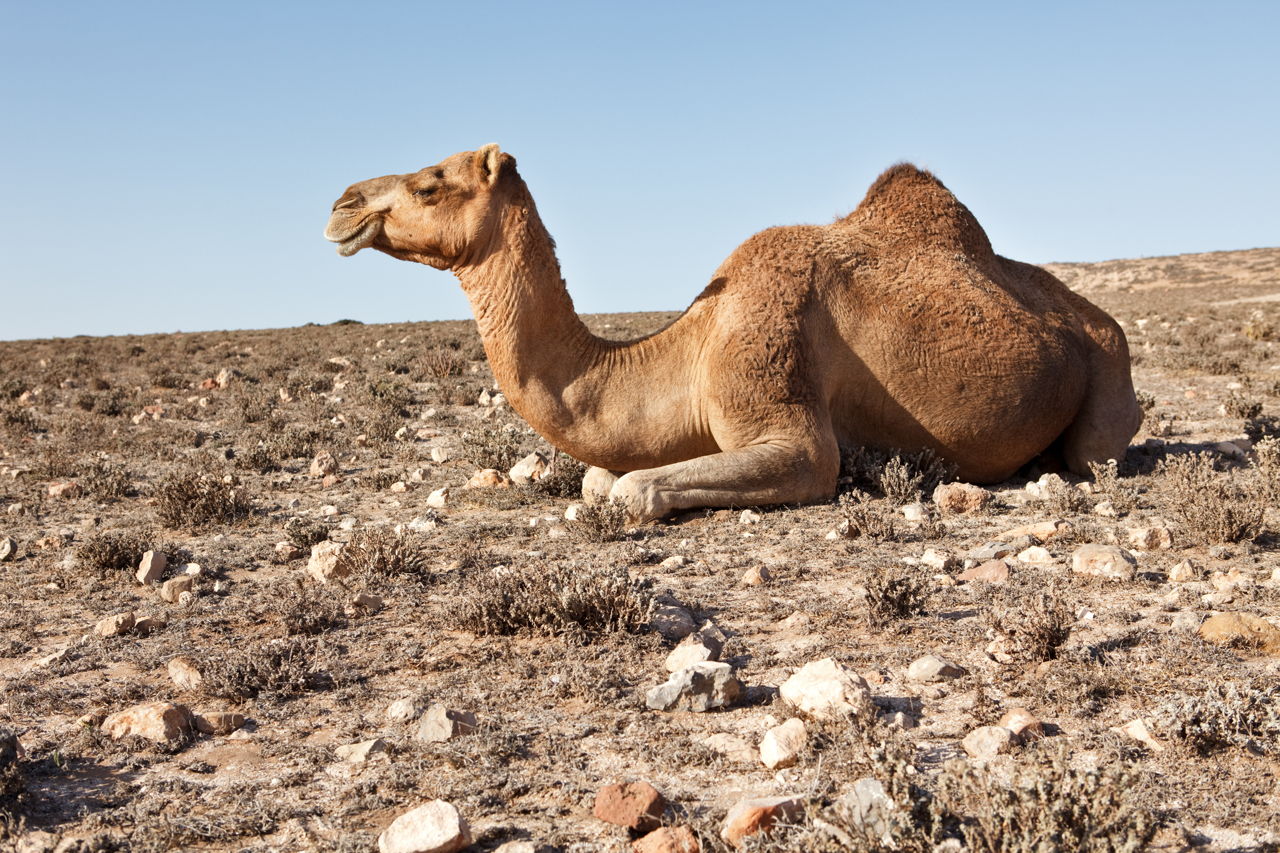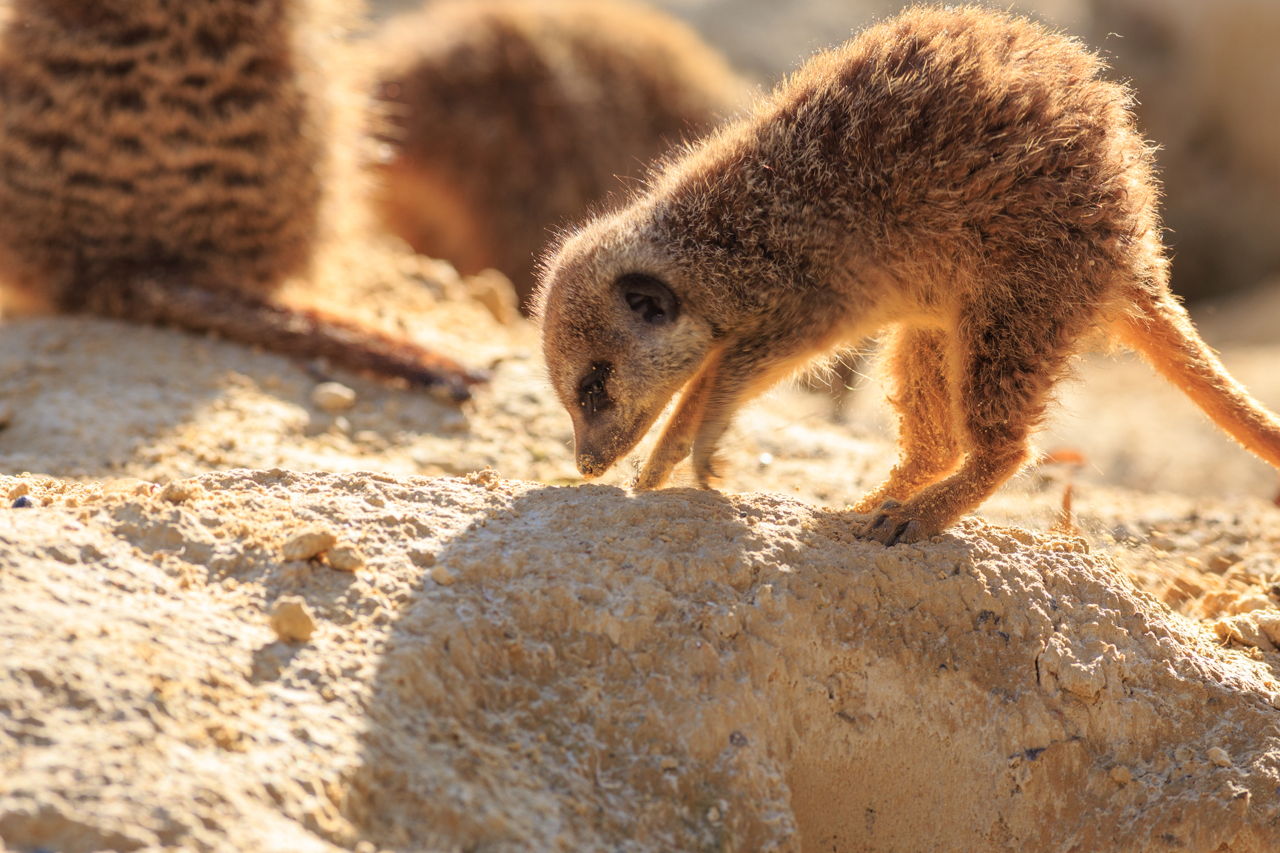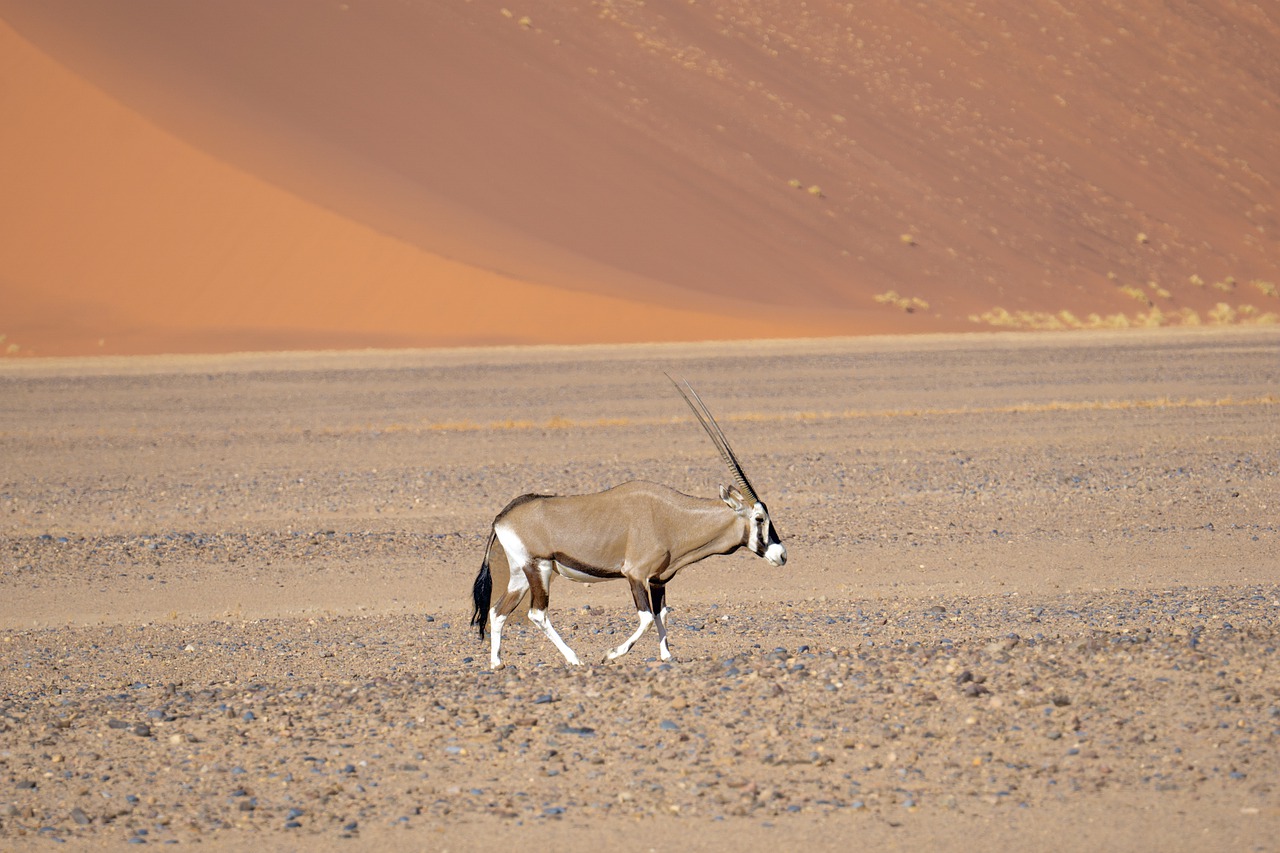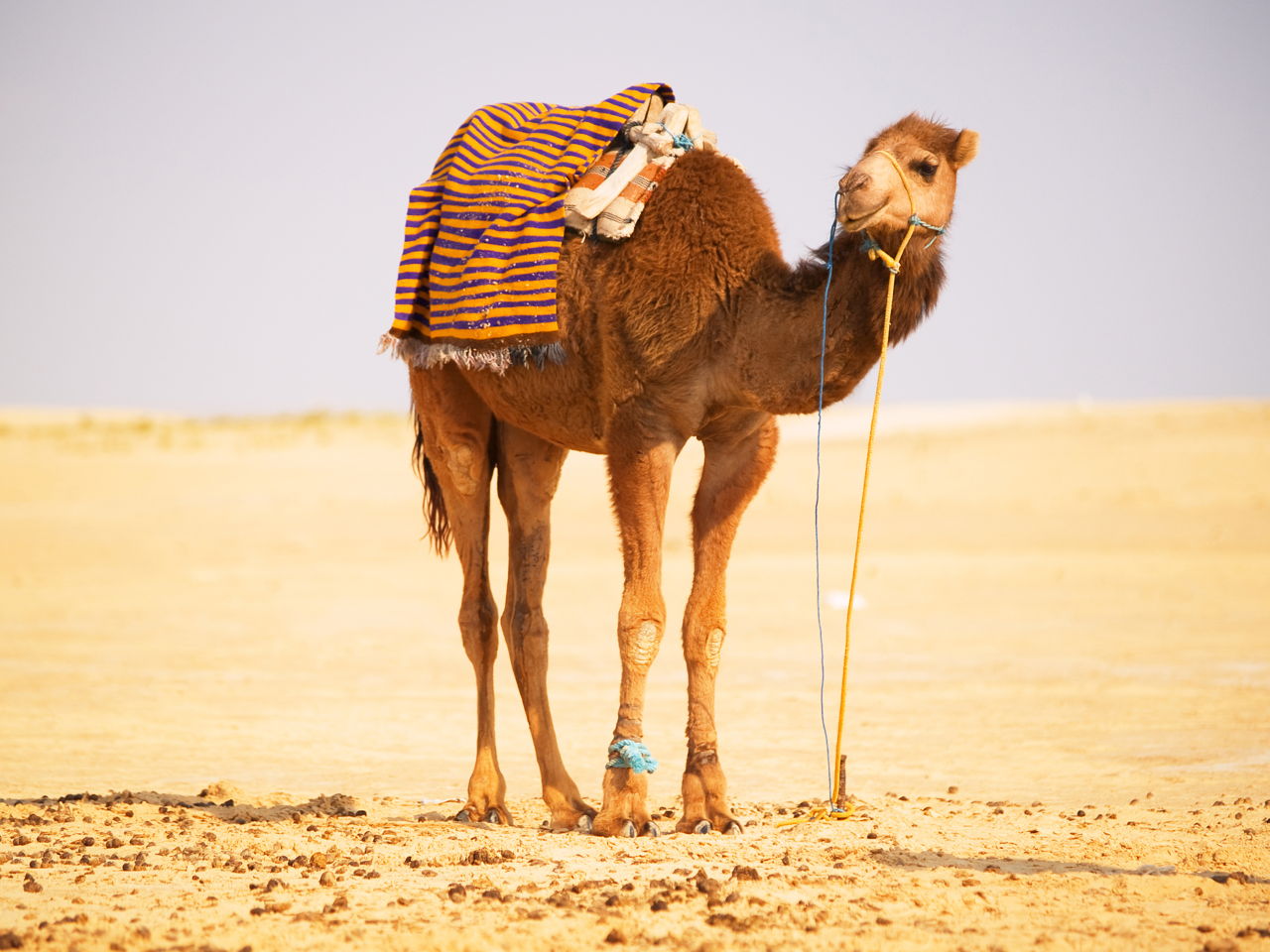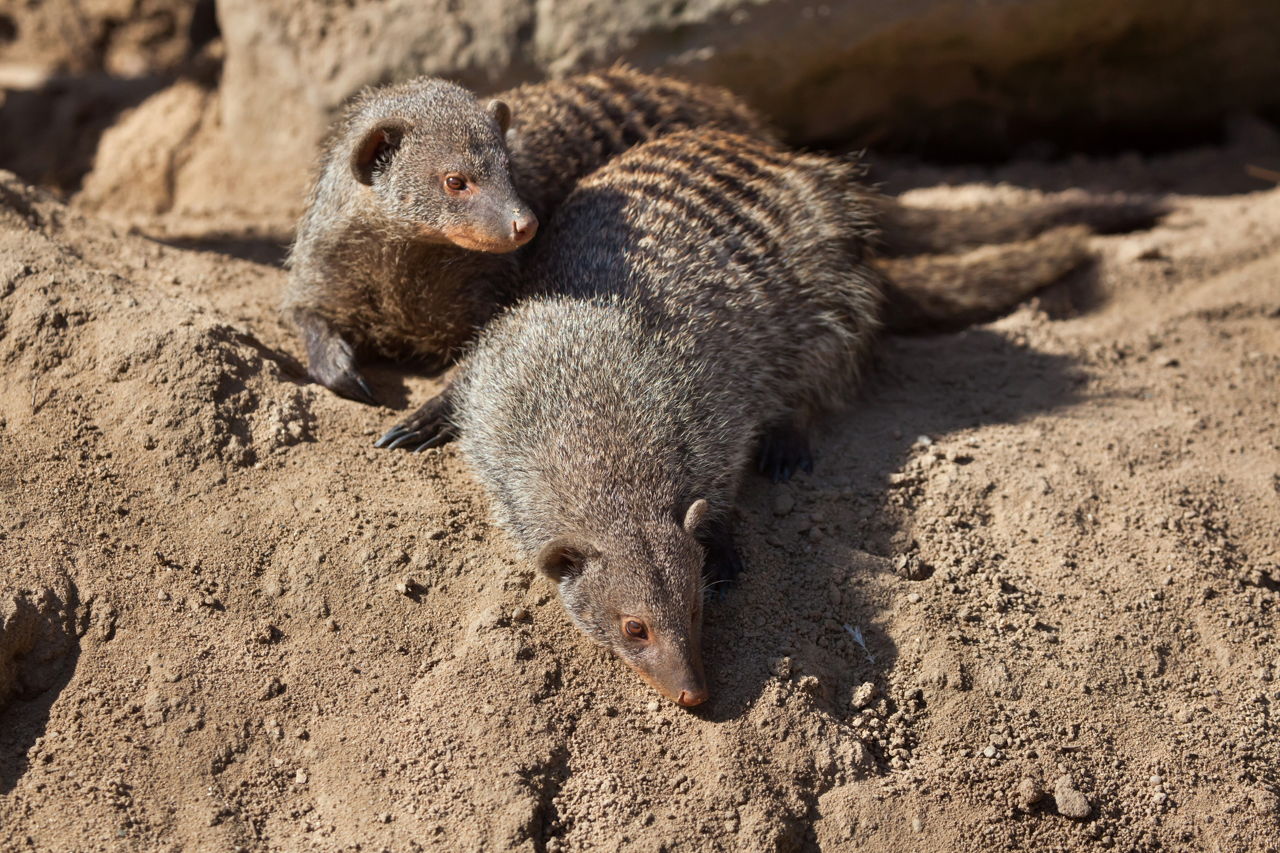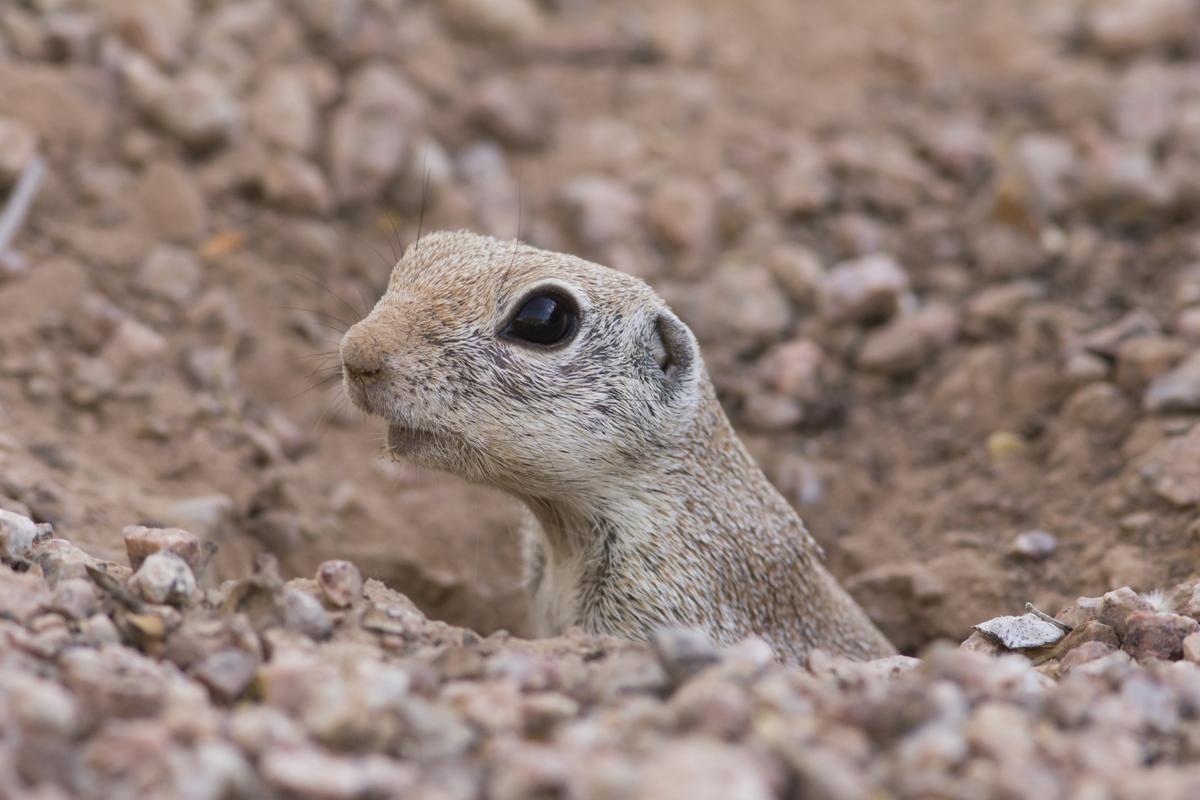Desert Animals Adaptations To Conserve Water
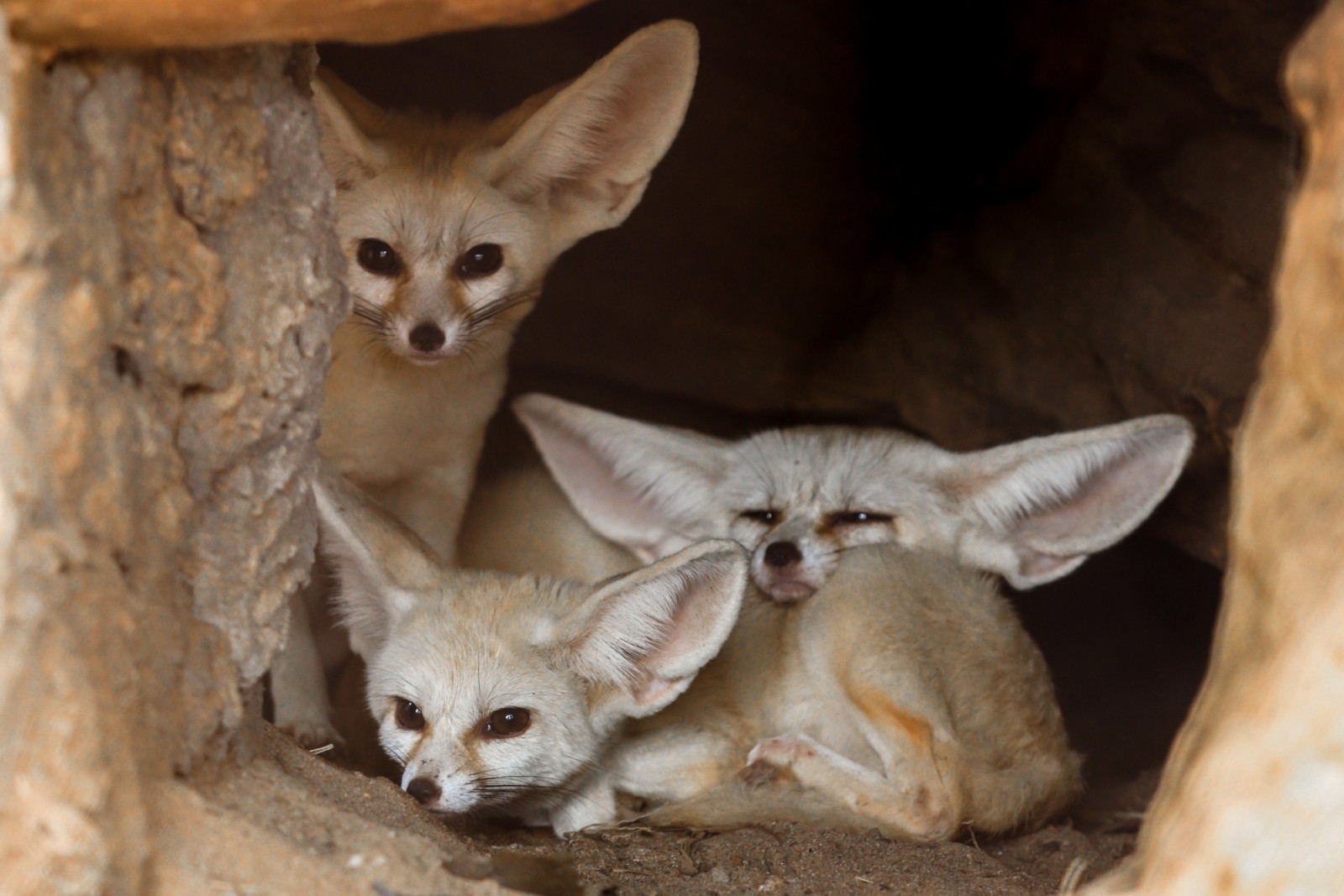
To do this they squeeze out every drop available to them and recycle it in their bodies.
Desert animals adaptations to conserve water. All desert animals have learned ways and have adapted themselves either voluntarily or involuntarily to avoid the heat of the desert by simply staying out of it as much as possible. There are a variety of mechanisms- Many of the small mammals have special adaptations such as convoluted nasal cavities and highly concentrated urine which conserves water-. Adaptations of Desert Plants.
A food chain is a way of showing how living organisms get their energy from each other. For example cacti have enlarged stems to store water as well as spines to protect these water reserves from thirsty animals. Equally ingenious are the diverse mechanisms various animal species have developed to acquire conserve.
Thus adaptations of desert animals are actually the adjustments to protect themselves against high temperatures to live without water and to conserve water as far as possible. To do this they squeeze out every drop available to them and recycle it. Other mammals conserve water by using it as efficiently as possible.
Which animal is a classic example of adaptation to the desert conditions. Do desert animals maintain water balance and body hydration level by conserving water better decreasing output as compared with non-desert species or by getting more water each day increasing. Another example of desert animals that show some classic adaptations are the kangaroo rat seen in the North American.
Camels arent the only animals that. Nocturnal animals avoid activity during the. Other common adaptations seen in desert animals include big ears light-colored coats humps to store fat and adaptations that help conserve water.
In areas with a greater water supply the level of biodiversity increases as vegetation such as shrubs cacti and hardy trees. Xerocoles are animals which adapt themselves to desert conditions. Few animals have adapted to survive the hottest desert regions besides scorpions and small reptiles.

